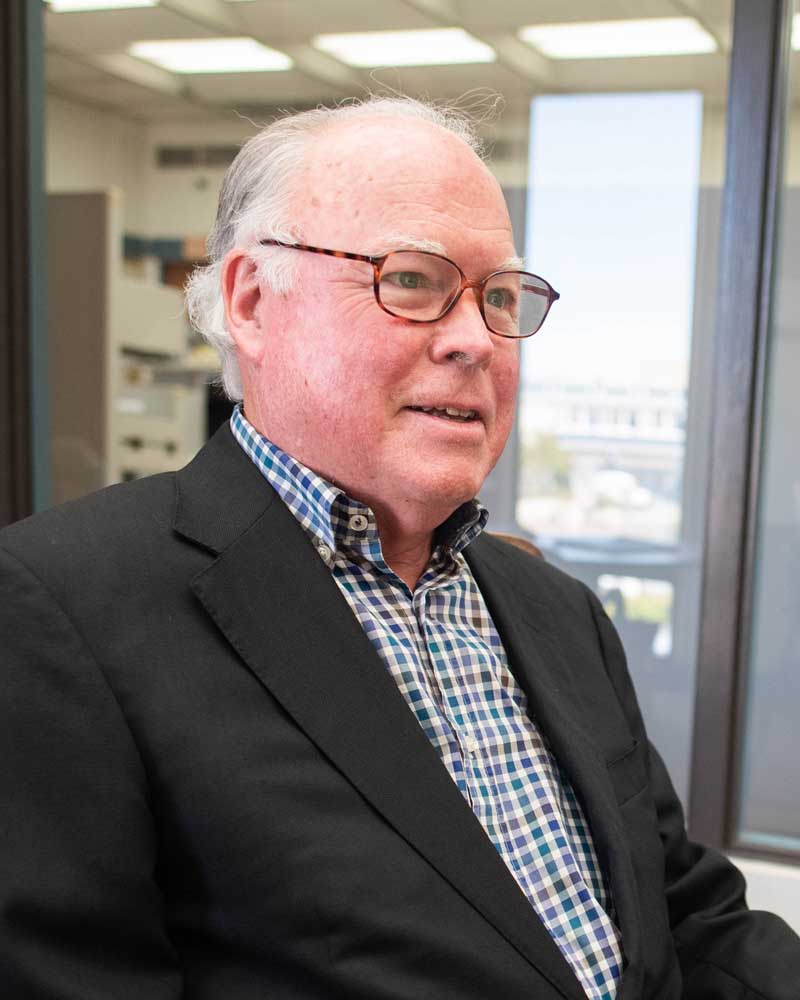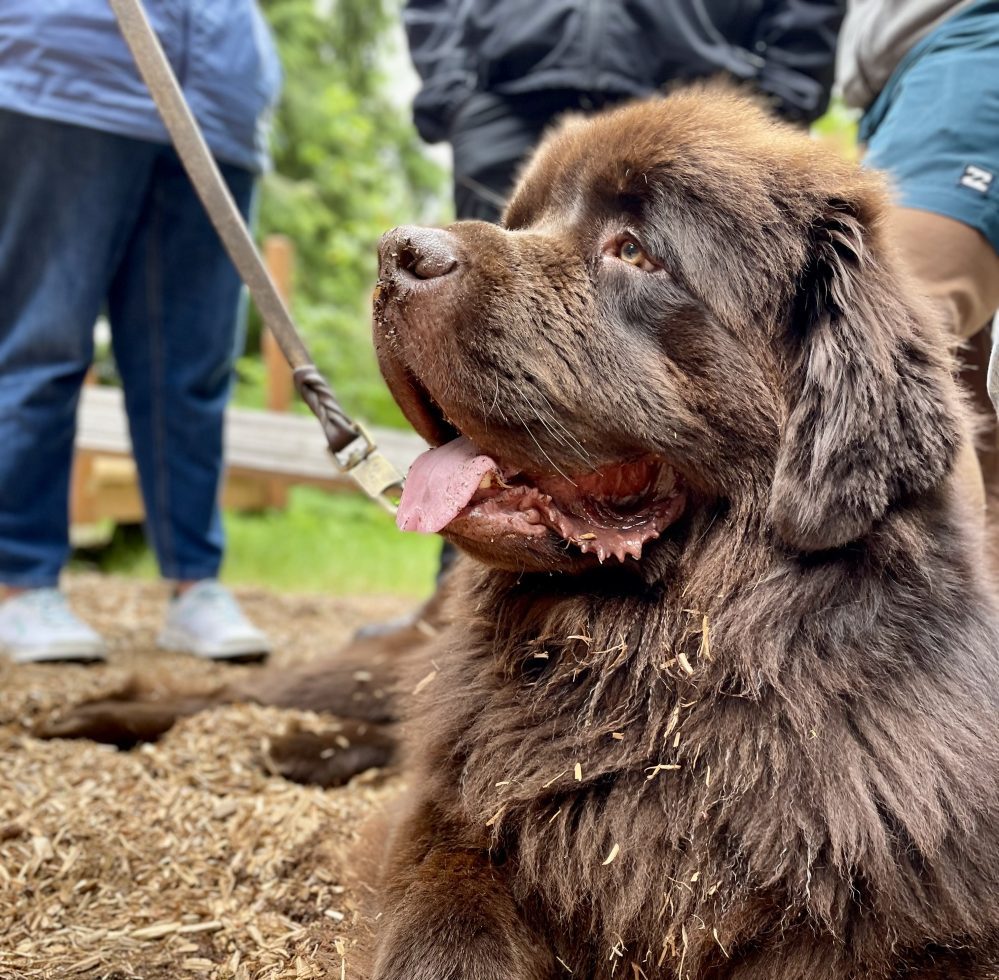Writer’s Notebook: If we will listen, graveyards will speak to us
Published 12:30 am Saturday, May 1, 2021

- Steve Forrester
The dead are always with us. That is especially so in a town as old as Astoria. Our cemeteries are a walk through history, the human comedy and sorrow.
Trending
We are accustomed to seeing change agents in Clatsop County. Mike and Lynda Leamy, as profiled by Katie Frankowicz in the April 27 edition, are change agents of a different sort. Their project is not urban renewal; it is cemetery renewal. Having purchased Greenwood Cemetery — located off state Highway 202 — in the 1980s, the Leamys have set about restoration of its oldest section, established in 1891.
Astoria’s first graveyard was a potter’s field downtown. Then burials occurred at the top of the hill. That hilltop cemetery is the site of another renewal project. It will gain new signage and interpretation, and it will revert to its original name. In an April 7 article, Edward Stratton reported the Astoria City Council’s decision to change the name of this graveyard from Pioneer Cemetery to Hillside Cemetery, as it was previously known.
The best news is that students in Clatsop Community College’s historic preservation program are doing much of the interpretive and restoration work.
Trending
Hillside Cemetery, located at 15th and Niagara, is a mystery or a puzzle to many Astoria newcomers. Some 20 years ago, I asked the architectural historian John Goodenberger and the archivist Liisa Penner to give me an interpretation of the cemetery.
I had long been intrigued with the small mausoleum that houses the remains of Susan Shively in the cemetery’s northeast corner. Because of her philanthropy and her willingness to endure a jury trial to gain a divorce, Shively is an interesting character in early Astoria. I remember Goodenberger’s describing how townspeople strapped coffins with rope and pulled them through the mud, up the hill to get to Hillside. He also noted there were likely bodies buried under the surrounding streets.
Cemeteries are fascinating and often heartbreaking places to visit. There is a slope at Ocean View Cemetery in Warrenton that contains a number of graves of infants and young children.
Talking Tombstones — the autumnal event started in 2004 by McAndrew Burns of the Clatsop County Historical Society — has drawn hundreds to interpretive tours of the county’s cemeteries. With actors playing the roles of the deceased, the humanity of a cemetery springs to life. It is our version of Thornton Wilder’s play “Our Town.”
Some of America’s most fascinating real estate is cemeteries. If you are in southwest Portland with a few hours to kill, River View Cemetery — off Macadam Avenue and near Lewis & Clark College — is a jaw dropper, for two reasons. Riverview is Portland’s social register brought to life. All of the city’s street names are there in their family plots. The suffragist, newspaper founder and prolific writer Abigail Scott Duniway lies about 200 feet from her brother, Harvey Scott. Abigail has gained more immortality than Harvey, but hers is a humble gravestone, while Harvey’s is a monument.
River View Cemetery’s other great attraction is its foliage. The size and scale of its trees and shrubs are dramatic. That emphasis on landscape and nature are part of the rural cemetery movement of the 19th century, which began in New England, inspired by the transcendentalist movement, evoked by the writings of Ralph Waldo Emerson. Mount Auburn Cemetery outside Boston, in Cambridge, is a stunning example of that movement.
Moving Astoria’s burial grounds outside of the city and into the countryside was perhaps a faint echo of the rural cemetery movement. In their labors at Greenwood Cemetery, the Leamys honor that legacy.









